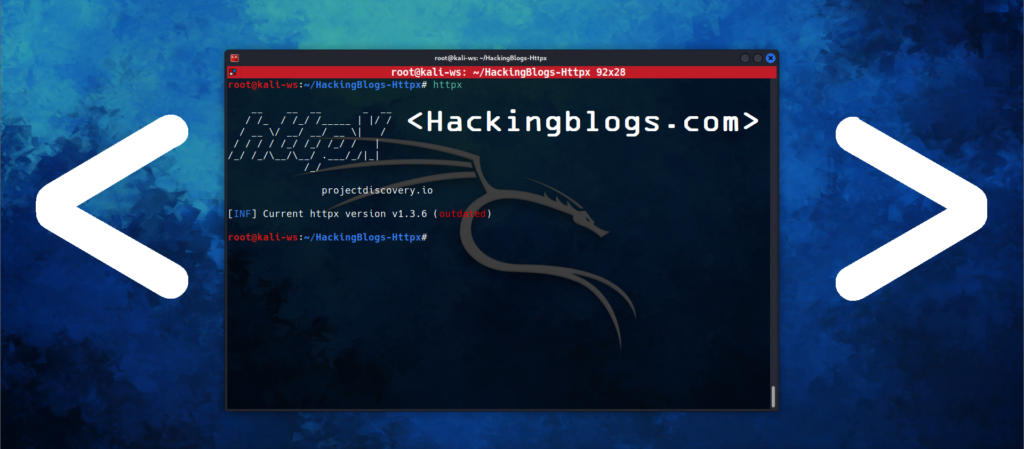The world’s largest biometric system, Aadhaar, is implemented in India and contains the data of around 1.2 billion people. It operates in a time when governments and private companies alike have access to progressively larger libraries of personal data.

The Aadhaar project is managed by the Unique IDentification Authority of India, or UIDAI.
A Few Cases to look at
Allow me to illustrate with an example.
Example 1
You are listed as a BPL card beneficiary, but you did not visit the ration shop to pick up your ration. He waits for you till the end of the month, at which point he just replaces your Aadhar number in the Public Distribution System database with his own.

He touched the ePOS, and as his Aadhar is stored on the system of the ration department, the authentication was successful. To ensure that there is no more proof, return your Aadhar number to how it was before. It is finished!
Example 2
The possibility of gaining access to Aadhar data is 100%. These days, we purchase SIM cards from retailers using our fingerprints. How can you tell if the retailer’s mobile biometric verification app is a phishing app or a genuine app? Phishing is defined as using an identical app front end. That is all a newbie hacker can accomplish. The seller might access your Aadhaar details on his phone by using this approach.
Example 3
The primary concern is privacy and how Aadhar numbers are used by other organisations even though UIDAI advises against using them for these purposes.
As an illustration
What if someone used this information to create a profile on a government website (such as one for housing, energy, or water)? What if software only uses their APIs to perform a quick check and grants access? How are you going to disprove the initial accusation against you (imagine getting off bail and committing cybercrime to prove it)?
What happens if a bank or government-related website requests your Aadhar number in order to obtain your account details? What if, in some regions, photocopies of the Aadhar are all that are needed? At the xerox level, they are easily faked (let us say you purchase a SIM card under someone else’s identity) and these fake copies may be verified.
I am not suggesting things will succeed or occur, but if privacy is handled improperly, there is a chance it will be abused.
I first looked a little farther to see if I could find any information about the addhar card. I quickly found many addhar cards, which indicates that your addhar card may be accessed without any technological expertise.

What does uidai has to say about there system
Can someone hack into my bank account if they get to know my Aadhaar number? Absolutely false. Just as by merely knowing your ATM card number, no one can withdraw money from the ATM machine; by knowing your Aadhaar number alone, no one can hack into your bank account and withdraw money.
Both an Aadhaar number and a bank account are quite important in a person’s life. Being unable to utilise one of them might be extremely distressing. People may be concerned that anyone with an Aadhaar number might access any app because Aadhaar is now connected to most financial services.
Anil Rao, Head of Consumer Operations & Solution Delivery, IndusInd Bank, states that simply knowing someone has Aadhaar number does not allow one to hack into a bank account and take money out. Your bank account is secure as long as you do not share OTP or use a scanner to access your fingerprint, Face ID, or iris.
Yes, in a technical sense. The design of the Aadhar database allows it to retrieve all personal data about you. As you are aware, your data can be found using the unique biometric contained in your Aadhaar card.
Still, it is not like any Tom Dick and Harry could get their hands on your personal information. These rights are vested with the legal authorities. Moreover, for you to view your information An OTP is sent to you by the UADAI to confirm that the person attempting to access your data is authorised.
Despite being a safe and unique identity document, people have occasionally fallen victim to data breaches and cyberattacks using their Aadhaar card. Using strong and distinct passwords, turning on two-factor authentication, and routinely monitoring your account activity are all essential for protecting your data. Be cautious of suspicious emails, texts, and links as well, as these can be phishing efforts to obtain your personal information. Updating your operating system and software on a regular basis is also essential for patching security flaws.



Can u share Google dork